While the iPhone X and iPhone 8 took all the glory at Apple’s Special Event on the 12 September, the company did announce something that could make a difference to potentially millions.
As part of its presentation for the new Apple Watch Series 3, the company also announced that it was launching a brand-new research study with Stanford Medicine.
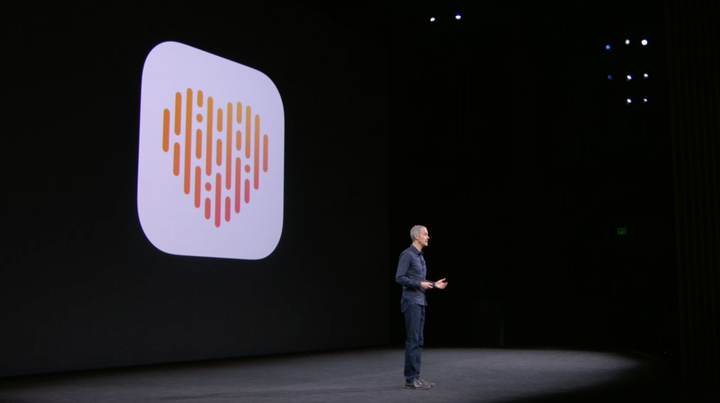
It’s called the Apple Heart Study and it will be focused on using the Watch’s heart rate sensor to detect the signs of an irregular heart beat, which in turn could potentially be a sign of a more serious heart condition.
The most common form of an irregular heart rate is known as atrial fibrillation, the NHS states that it affects around one million people in the UK alone.
The problem is that it can often go undiagnosed and as Apple points out, it can put you at a far higher risk of having a stroke.
To try and better detect, diagnose and then in turn treat these irregular heart rates, Apple will anonymously send health data from participants through its HealthKit SDK straight to the research team at Stanford Medicine.
Just like the previous studies on dementia, Apple’s HealthKit allows research teams the rare chance to gather huge sample rates of data while still making sure that all the data is anonymised.
The Apple Heart Study will be an app that users in the US can download for free onto their Apple Watches and it will simply run in the background. Sadly there’s no word on whether the study will extend to the UK.
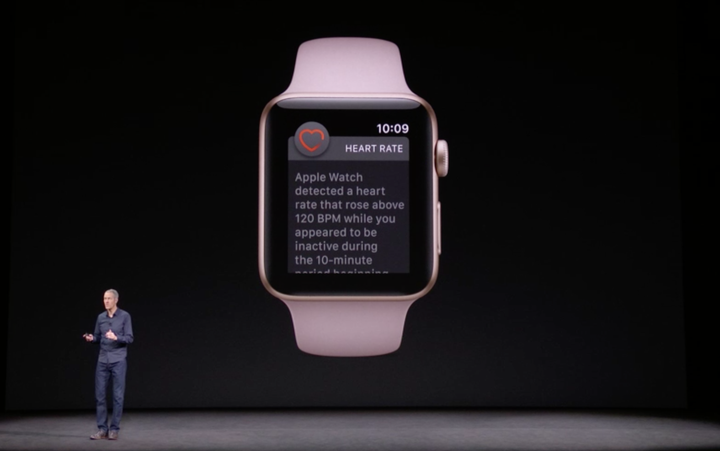
In addition to the study Apple also revealed that as part of WatchOS 4, all Apple Watches would now be able to offer constant monitoring of your heart rate.
It would also include a new feature that alerts you if it knows you’re being inactive and yet still detects an abnormally high heart rate.
10 Years Old: The Evolution Of The iPhone
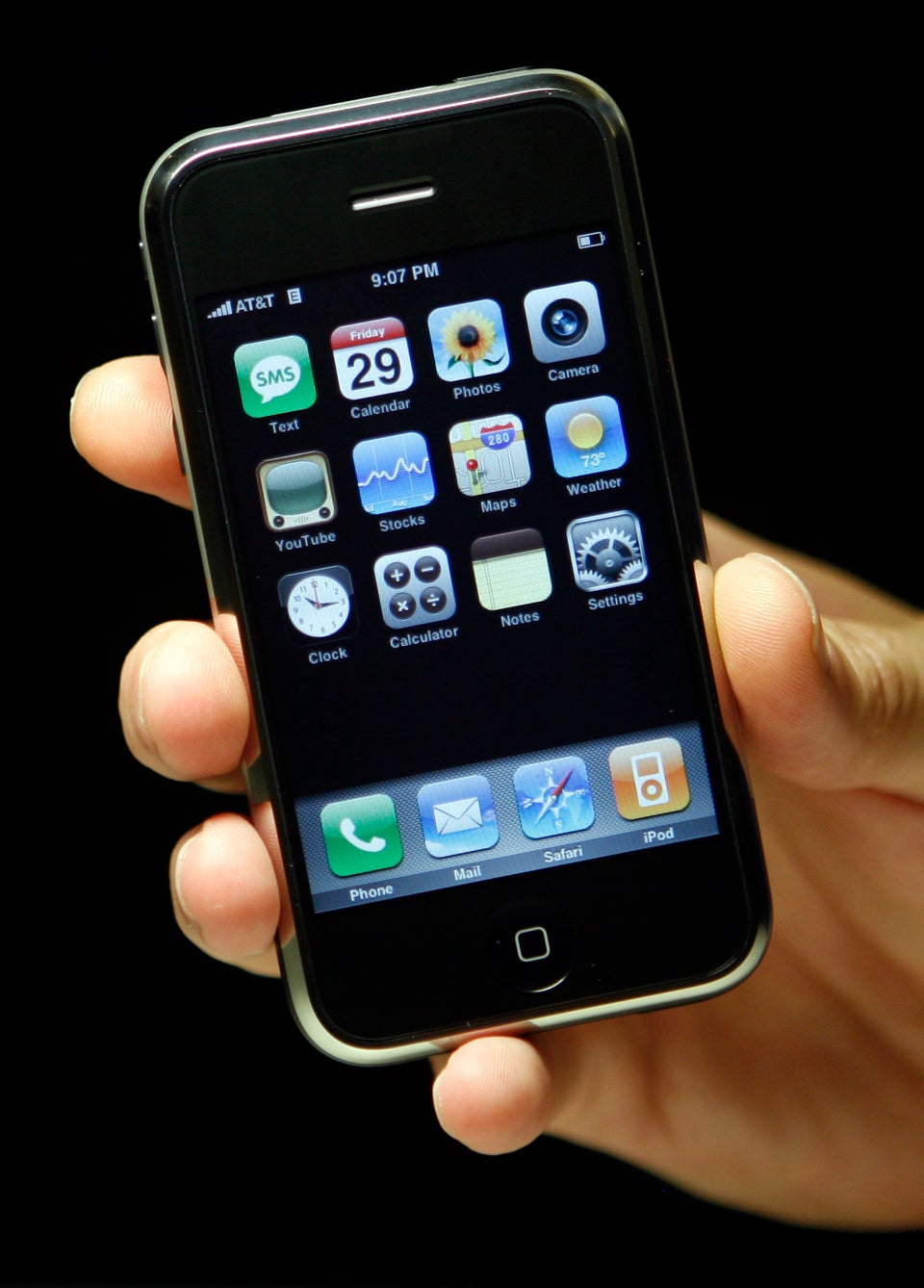
Combining a touchscreen iPod, a mobile phone, and a mobile web browser with 320 x 480 pixel resolution and 8GB storage.
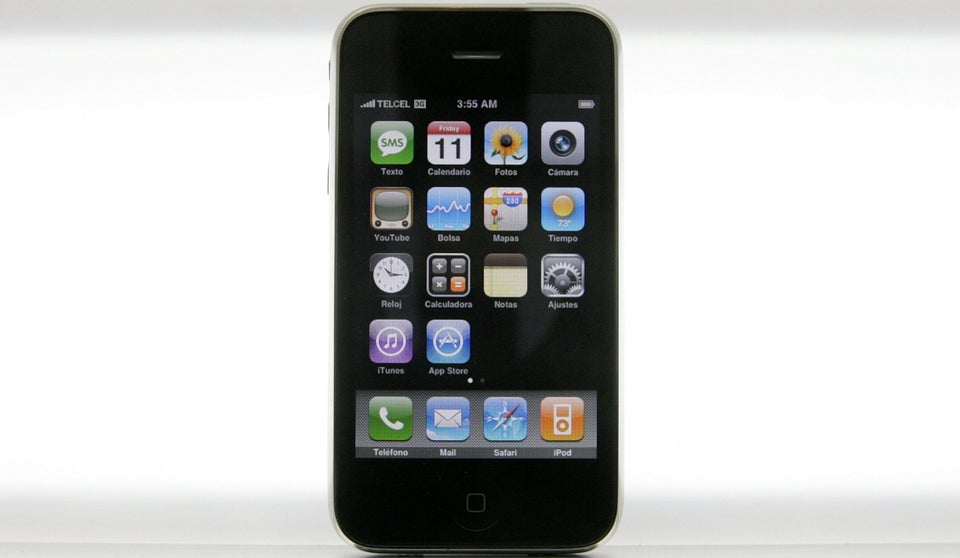
The new phone also supported the newly launched app store.
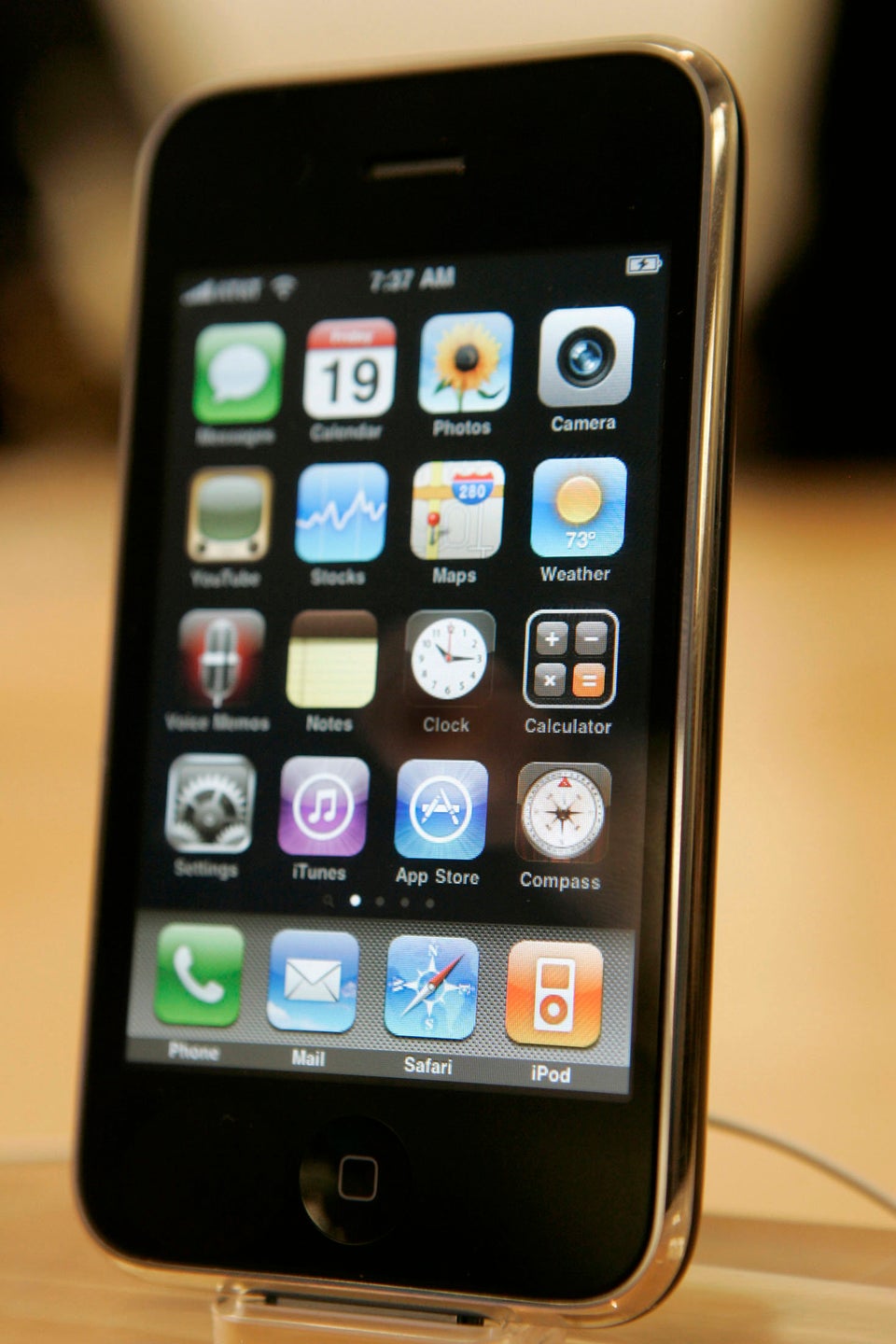
And it even had the primitive ancestors of Siri - voice control.
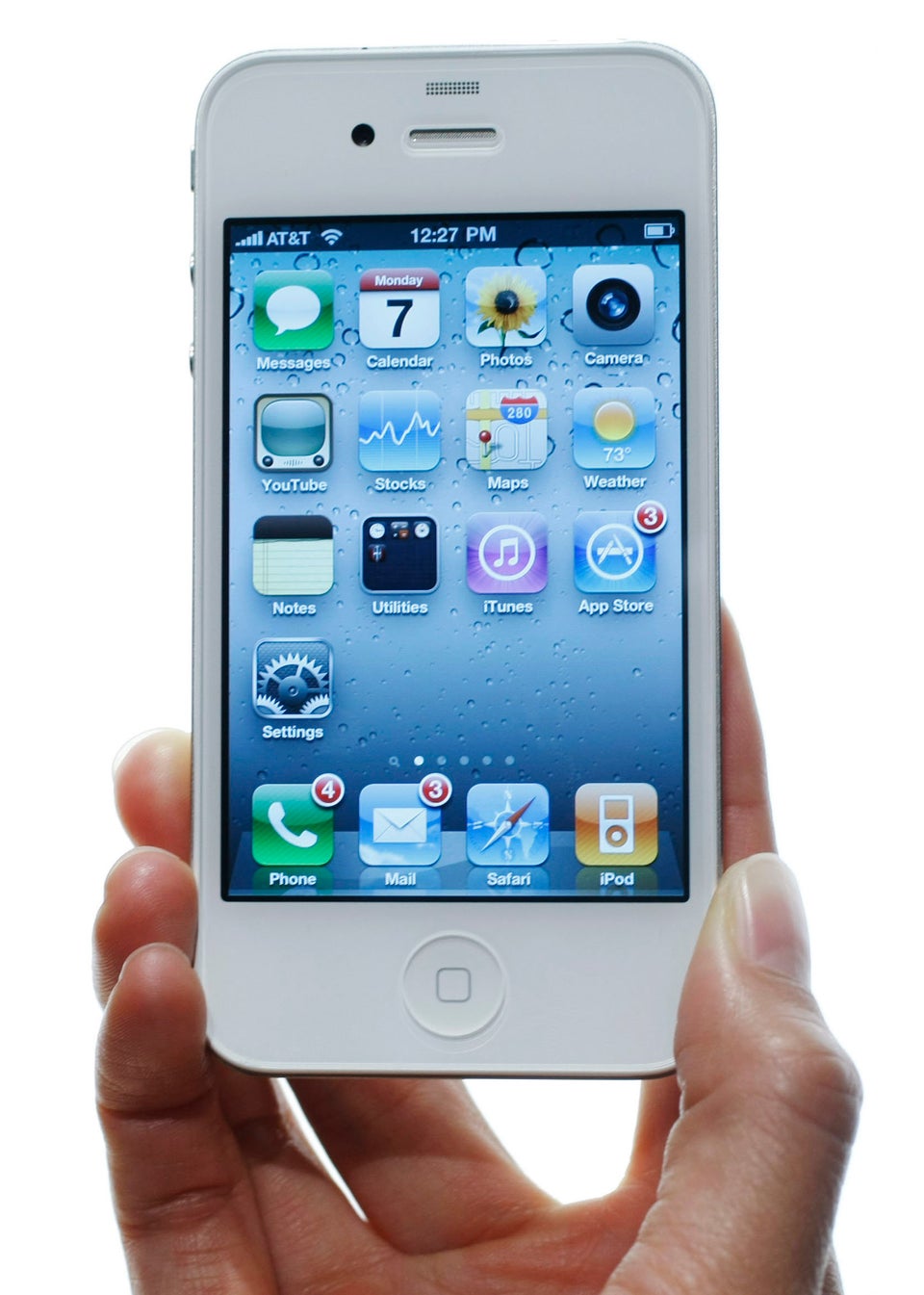
The high-res retina display now had 640 x 960 pixels and a 5MP camera with HD video recording capabilities.
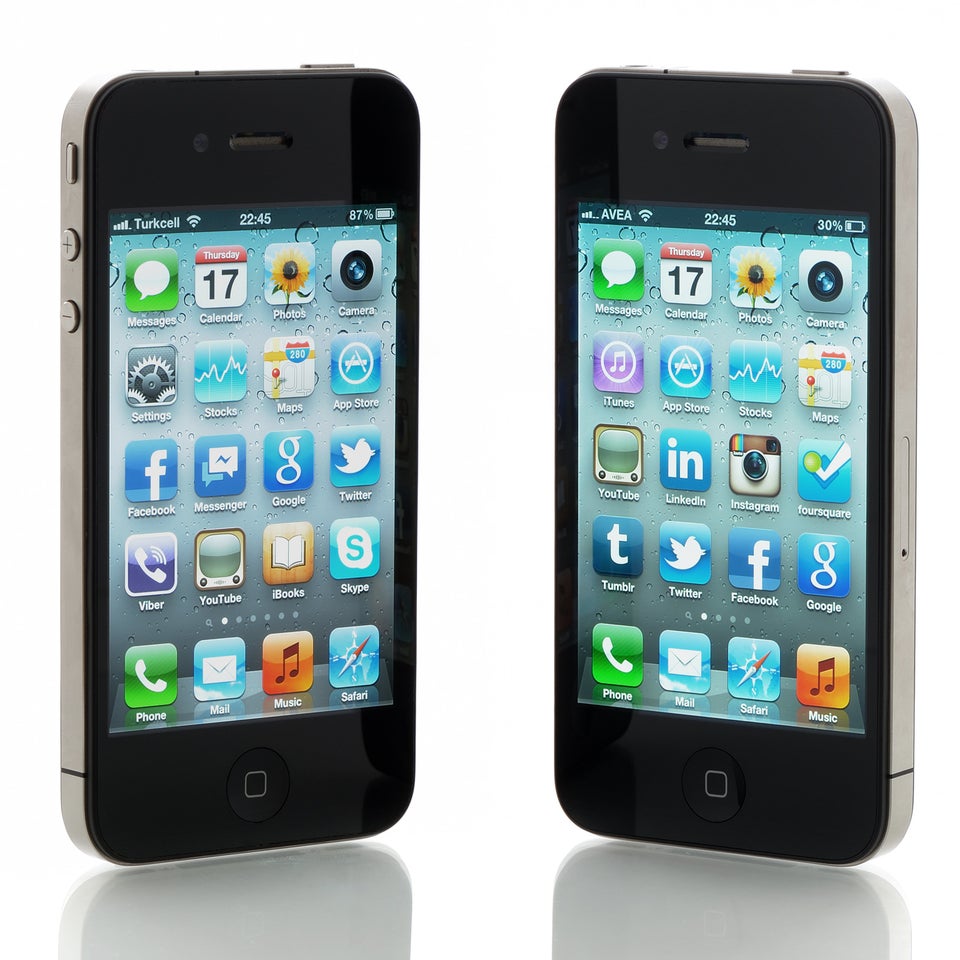
Inside was the massively improved A5 processor, and Siri - an exclusive 4S function.

Offering a much larger screen: little did we know how many smashed screens this would result in...
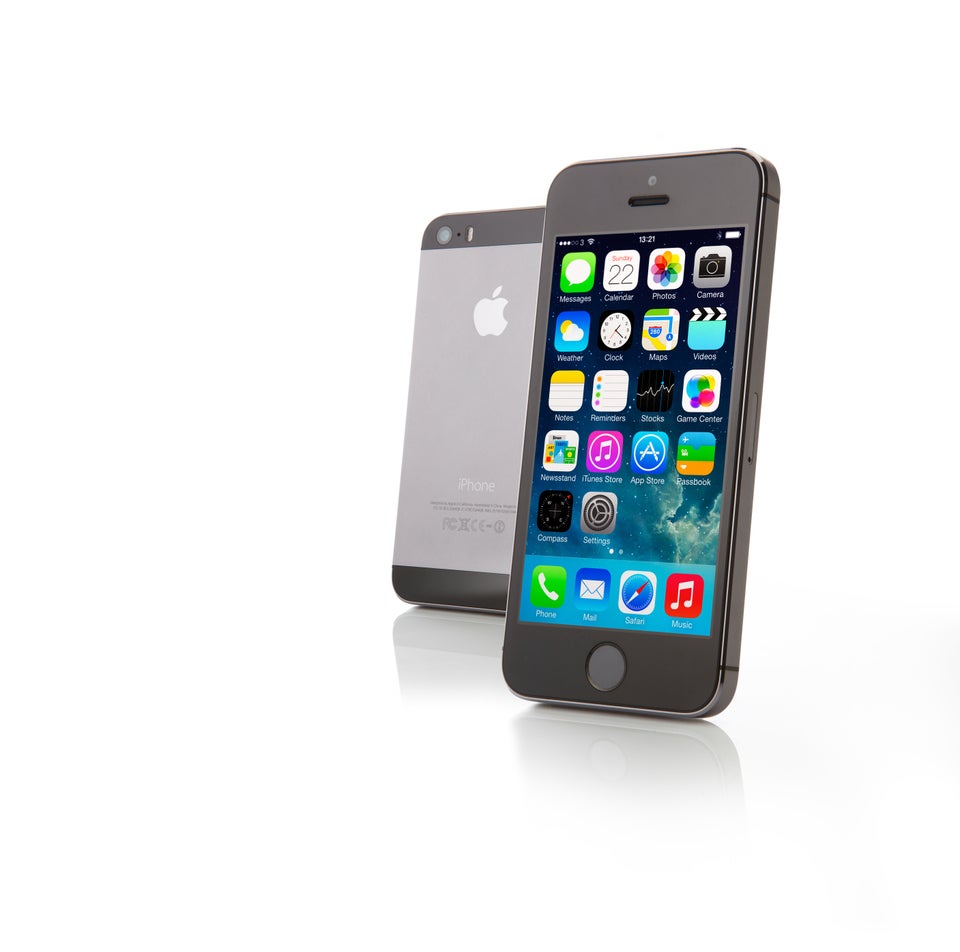
September also saw the introduction of the cheaper plastic-backed 5C model to compete with the influx of Androids on the market.
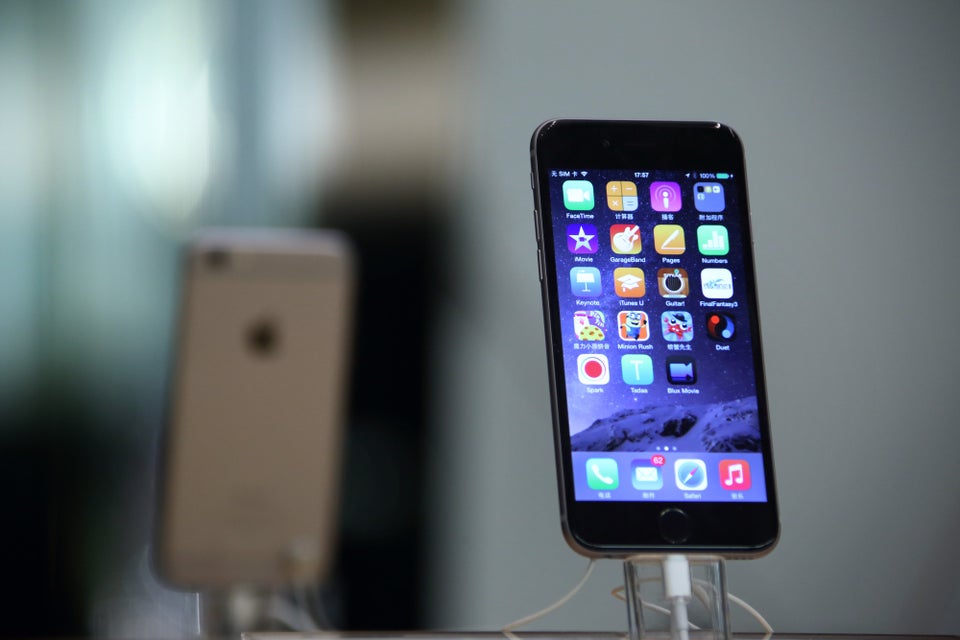
The screen is now 4.7 inches and boasts an impressive resolution of 1334 x 750.

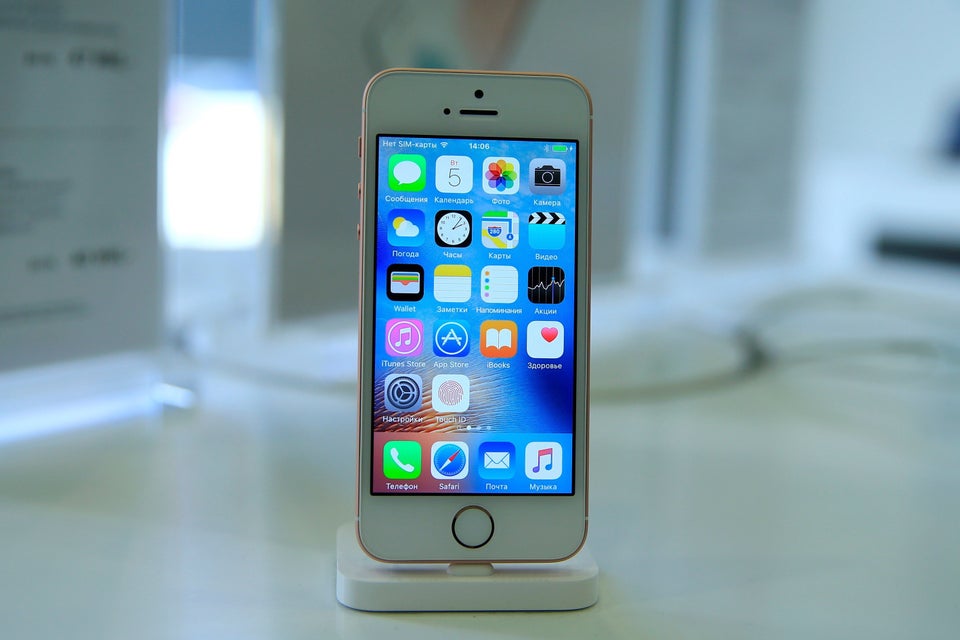
We can't wait to see what the iPhone 7 brings on 7 September.
